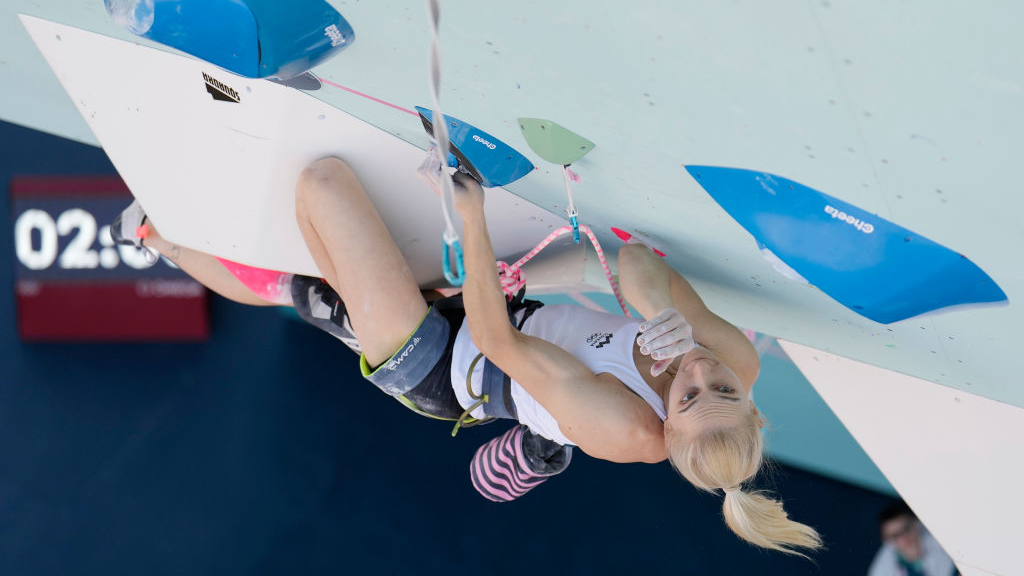What color clothes should you wear hiking?
Do you want to blend in or stand out?
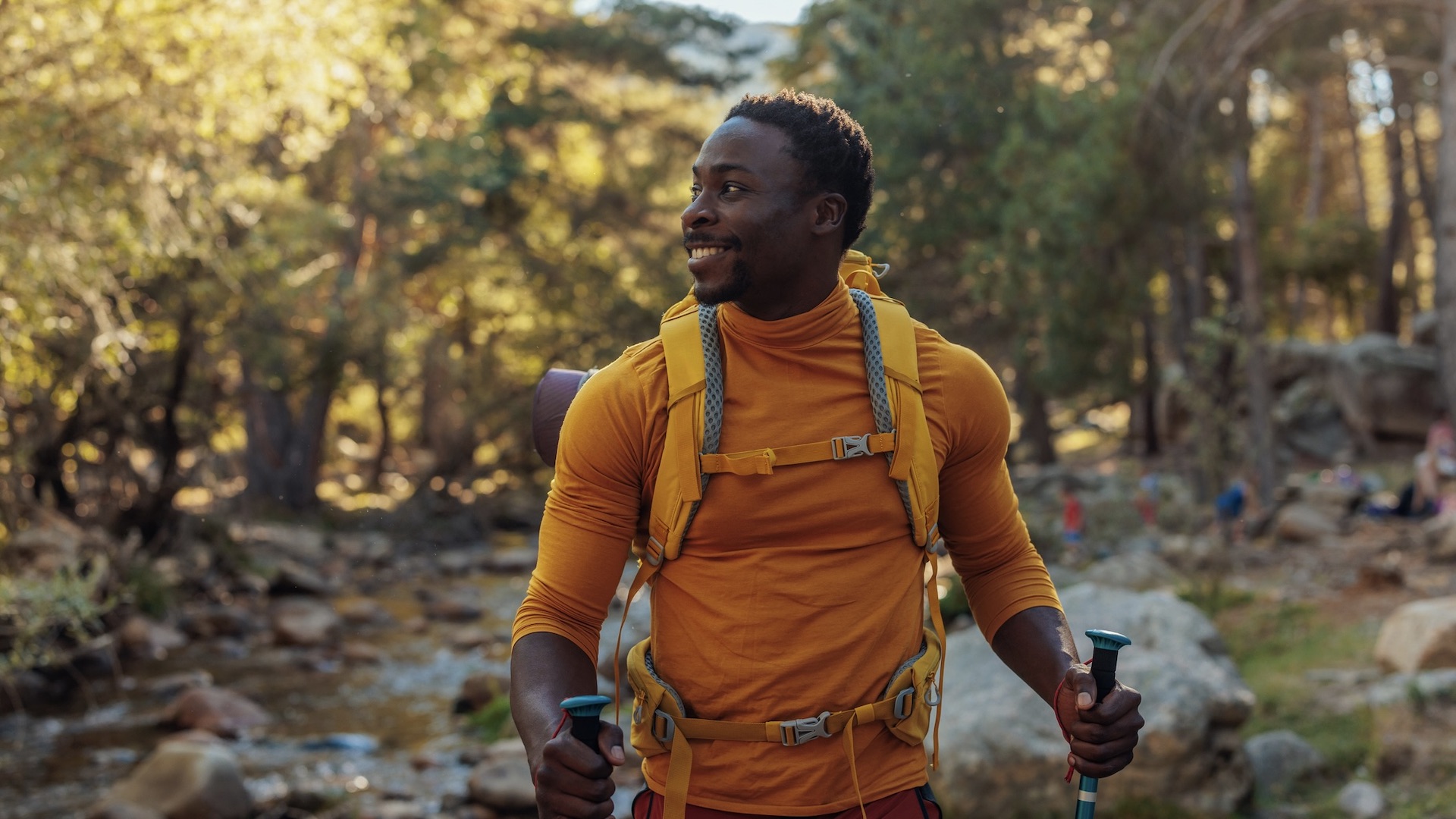
Some of us, well, we like to be noticed. Others? Not so much. When you’re ambling around town, this can play a big part in how you choose to dress. But when it comes to choosing hiking clothes, there are functional considerations to take into account beyond fashion.
If you’re shopping for hiking pants, base layers, fleece jackets and waterproof jackets, you’ll notice they cover the entire spectrum of possible colors, from ubiquitous black and gray all the way up to neon pink and white. Is it the case that, like streetwear, you should just pick your favorite colors? That way if you like a demure look, you can dress in shades of beige and if you love urban styling, you can go with zebra stripes? Or is there more to it than that?
The short answer is that there isn’t a correct color for hiking clothes, but there are some really good reasons why you might pick that soft shell jacket in orange soda rather than moss green. Read on to find out the benefits, and disadvantages, of different colors of clothing for hiking.
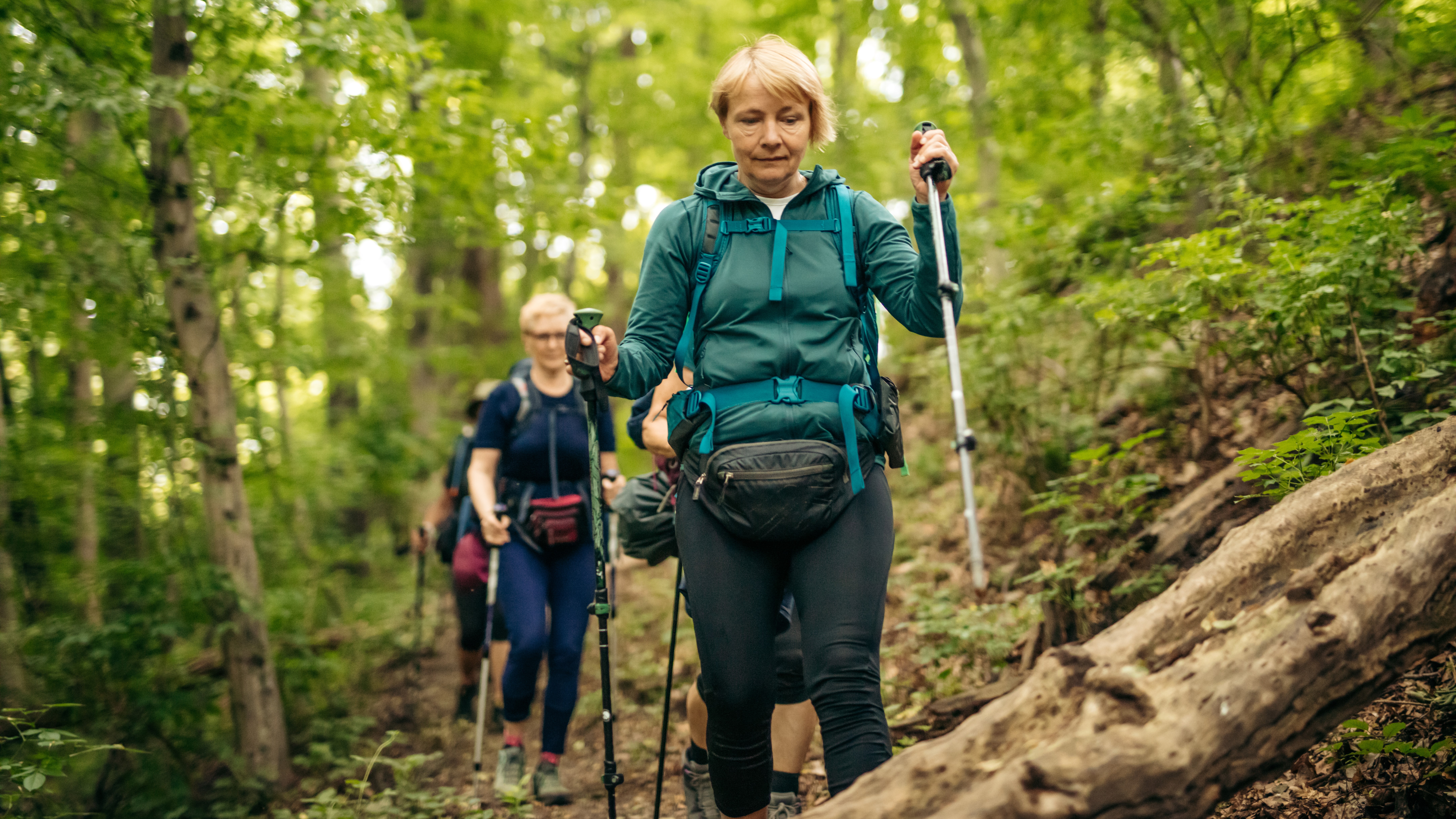
Light colors
Probably the main reason to dress in light-colored clothing such as whites and pastels is that these colors reflect the sunlight, so on a very hot hike, they actually make some practical sense. That said, hiking also tends to involve dust, mud and scrambling, so don’t expect your light-colored clothing to come home the same color as it went out.
For this reason, an outfit like light khaki hiking shorts and a pale blue T-shirt can help keep you cool if there isn’t a lot of shade, but we’d recommend skipping the white hiking shoes.
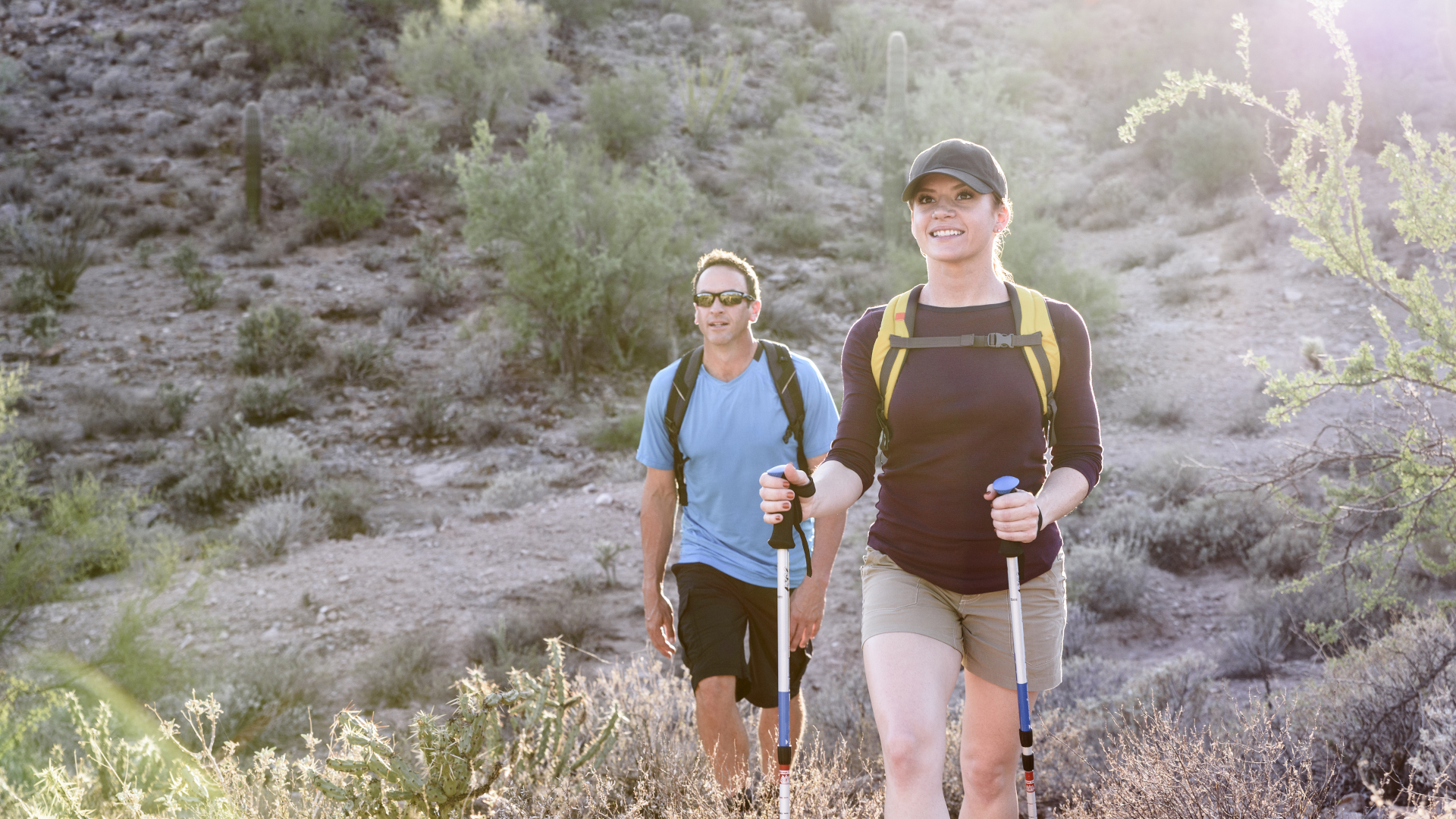
Bright colors
Lots of hiking tops and jackets are made in big, bold colors like the Montane Protium Lite Pull On which comes in a fire engine red. Some of us just love to stand out wherever we are and are drawn to neons and primary colors, but there’s actually a safety reason for choosing bright clothing too. If you do get into difficulties on the trail and people are searching for you, bright colors attract attention and it will be easier for them to spot you against a backdrop of snow, gray rock or dark forest.
Furthermore, if you are hiking in the US during hunting season, you’ll always want to wear at least one item that is brightly colored, whether that’s a Rab Logo Beanie in orange or a brightly colored jacket like the Helly Hansen Odin 1 World Infinity.
Advnture Newsletter
All the latest inspiration, tips and guides to help you plan your next Advnture!
There are some hikers who believe that we should all be trying to blend in, and your bright colors impact their experience, but your safety should come first and foremost.
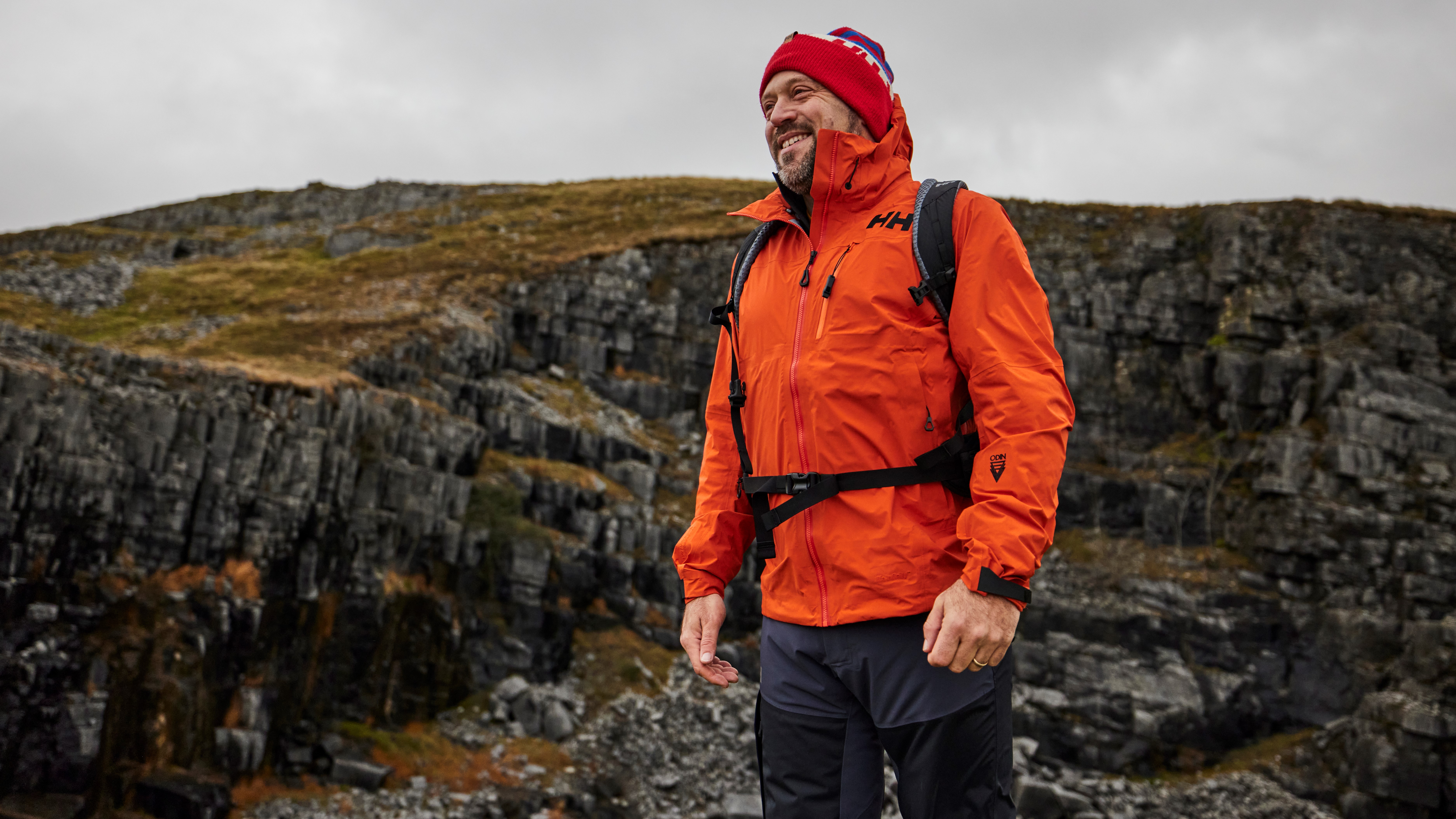
Dark colors
Almost every piece of hiking gear imaginable will come in black, navy blue or charcoal gray, and on the surface of things, that makes a lot of sense. Not only will those colors go with just about everything, but they won’t show the dirt, which is an obvious consideration when you’re hiking.
In contrast to bright colors, dark colors are good if you actively want to blend in – say you’re stealth camping in the wild or practicing your bushcraft skills. Dark colors are hard to pick up when you’re in the shadows. That said, dark-colored clothing will obviously attract sunlight, making you really hot, so they’re good to avoid on warm sunny days.
Furthermore, if you do get lost or injured on a hike, dark colors will naturally make it much harder for other hikers and rescuers to spot you – something that has been pointed to in explaining why it took over six months to find the remains of missing actor Julian Sands on Mount Baldy.
Some dark clothing is alright for hiking when it’s not too hot out, but for safety purposes, it’s advisable not to dress like a ninja.
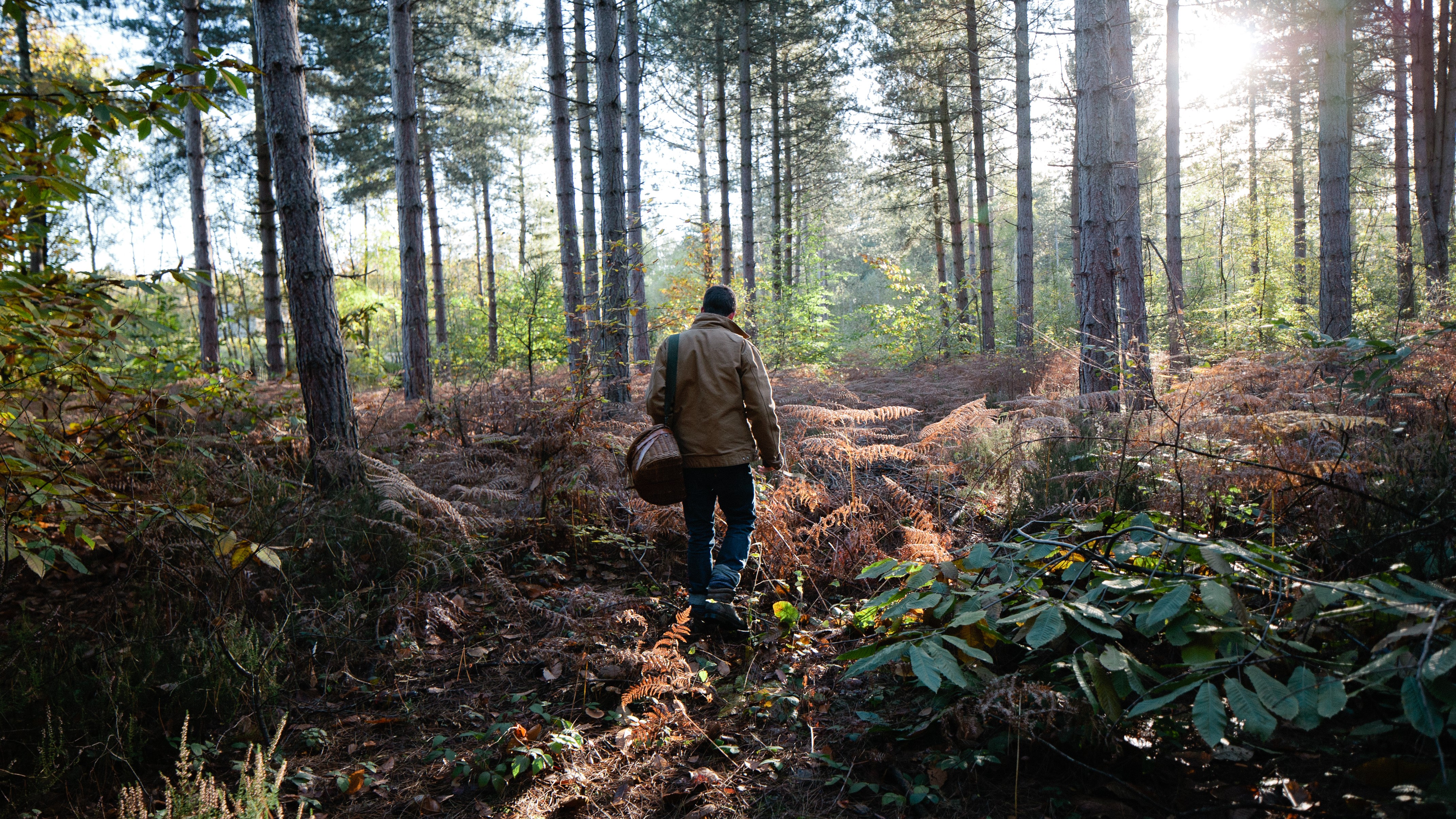
Earth tones
Earth tones, which really describe a whole palate of colors that are similar to the natural environment, mostly include neutral browns, greens and grays. Lots of hiking clothes come in these colors and they’re great both for disguising dirt and not blotting the landscape too much.
Earth tones are also really good for blending in if you’re planning to do some bird watching, or hoping to do some wildlife watching. However, similarly to dark colors, you may want to be careful about blending in too much, lest a hunter mistakes you for a deer or mountain rescue has difficulty locating you in a gully.
Julia Clarke is a staff writer for Advnture.com and the author of the book Restorative Yoga for Beginners. She loves to explore mountains on foot, bike, skis and belay and then recover on the the yoga mat. Julia graduated with a degree in journalism in 2004 and spent eight years working as a radio presenter in Kansas City, Vermont, Boston and New York City before discovering the joys of the Rocky Mountains. She then detoured west to Colorado and enjoyed 11 years teaching yoga in Vail before returning to her hometown of Glasgow, Scotland in 2020 to focus on family and writing.

